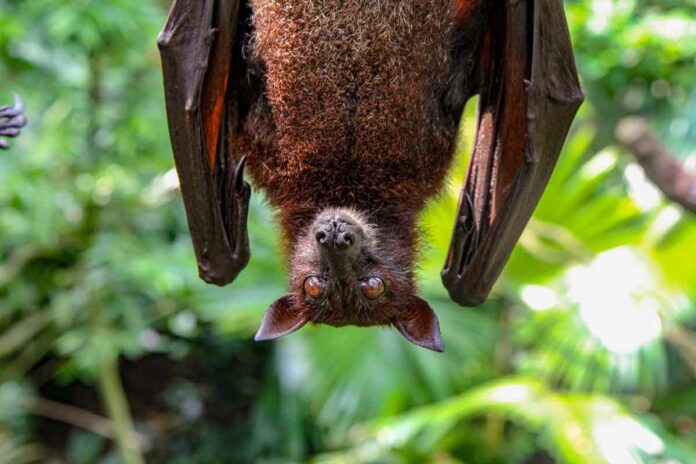Bats are an excellent example of evolutionary success. They thrive in all environments except the polar regions. They range in size from the golden-crowned flying fox that weighs 1.2 kg to Kitti’s hog-nosed “bumblebee” bat that weighs 2 kg. The frequencies emitted by all bats during echolocation vary greatly. But what has fueled this extraordinary diversity’s evolution?
Trade-offs in evolution
Scientists already knew that different wing shapes are better for bats in different environments. For example, short and round wings are better for maneuverability in confined spaces. Long and pointed wings are best for long-distance flight. Calls with a long duration or a high frequency are more expensive to produce. But they are more effective at detecting tiny prey among environmental clutter. So, how do these conflicting demands get balanced?
Scientists collected previously published data on 152 bat species from 15 families. This included body mass, duration and peak frequency of echolocation calls, and body mass.
They assigned each species to one of five “foraging guilds” as a proxy for ecology. Edge-space trawling foragers use their tail membrane and feet to scoop up insects or small fish from water surfaces. But open-space aerial foragers catch insects on the wing in the open air.
The family has a significant impact
The authors discovered that echolocation peak frequency and wing morphology are heavily influenced by the bat family. This means that unless the sample contains a large number of families and species, any other evolutionary patterns are likely to remain hidden. The current study’s large sample size revealed that, after accounting for differences between families, peak frequency in echolocation and wing shape tend to be positively associated with each other.
Various foraging syndromes
The authors concluded that echolocation parameters and wing shape did not evolve independently. They evolved in response to the foraging ecology of each species. There is a unique optimal evolutionary solution that matches wing shape and echolocation traits to foraging mode for each type of habitat. In each family, these syndromes have evolved repeatedly.
More information: Correlated evolution of wing morphology and echolocation calls in bats, Frontiers in Ecology and Evolution (2022). DOI: 10.3389/fevo.2022.1031548

